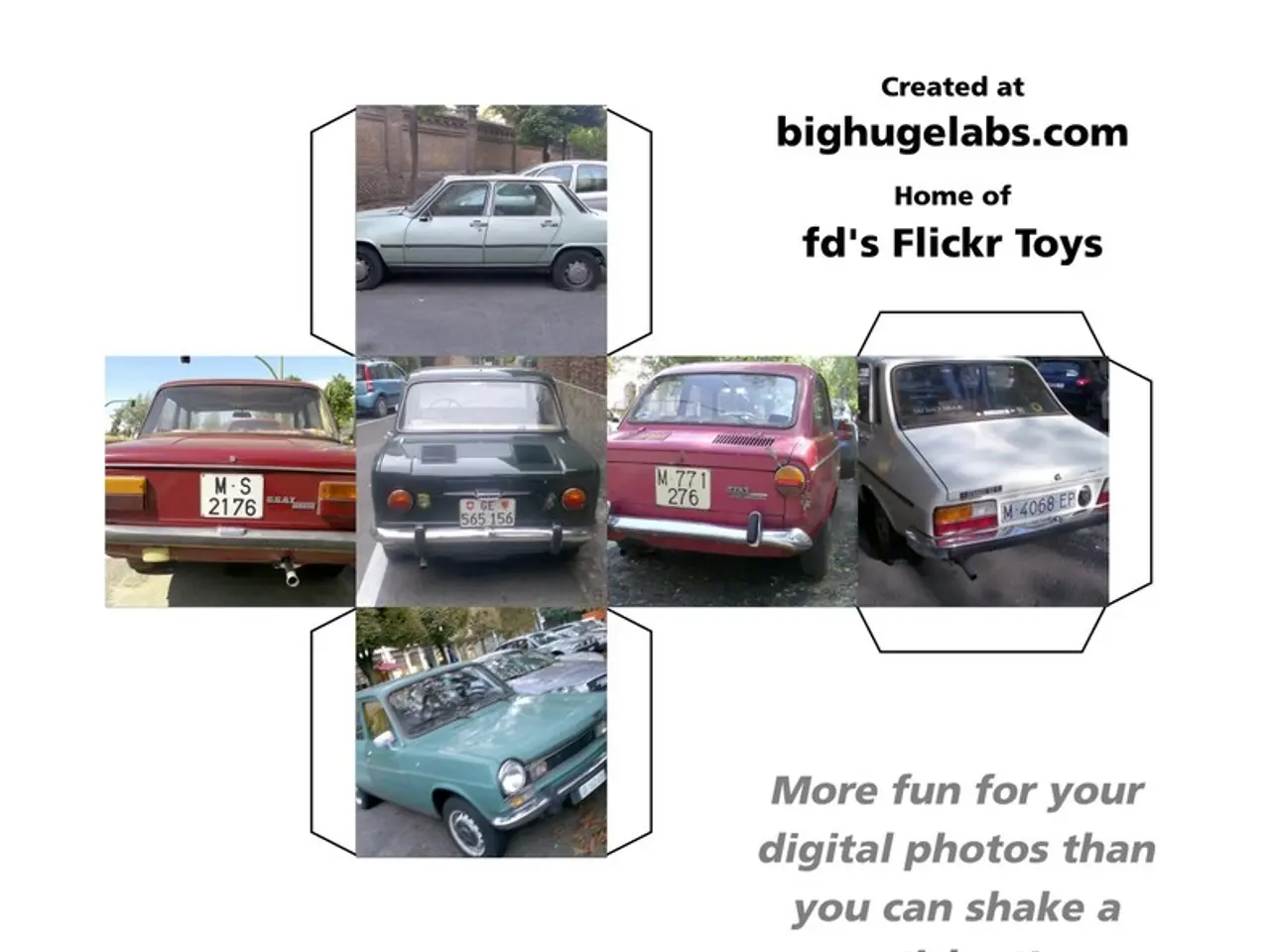Suppliers caution OEMs concerning China threat: Emphasize standardization, prioritize customer experience
In the rapidly evolving world of automotive technology, Chinese automakers are making significant strides in the adoption and development of Software-Defined Vehicles (SDVs). This shift is reshaping competitive dynamics, innovation speed, and business models in the industry.
Faster Development Cycles and Government Support
Chinese Original Equipment Manufacturers (OEMs) like BYD operate on vehicle release cycles of 16-20 months, compared to the 36-40 months typical of Western legacy automakers. This quicker pace allows for faster technology iteration and response to market demands.
The Chinese government supports vehicle-road-cloud integrated platforms, providing competitive advantages for domestic manufacturers. Major Chinese technology companies such as Baidu, Huawei, and Tencent are deeply involved in automotive platform solutions, altering supplier relationships and accelerating software innovation.
Centralized Computing and OTA Capabilities
Leading Chinese OEMs, including BYD, NIO, and Li Auto, are rapidly deploying SDV solutions that emphasize centralized computing platforms and extensive over-the-air (OTA) update ability. This allows for continuous vehicle improvement without the need for hardware changes.
Innovation Focus on Software-First Approach
Chinese automakers embrace a software-first development philosophy, enabling rapid feature deployment, integration of AI for advanced driver assist systems, and creation of new business models centered on software features and data monetization.
Implications for the Future
The rapid adoption of SDVs by Chinese automakers poses challenges for Western legacy manufacturers. They risk falling behind if they cannot match Chinese speed and flexibility in SDV development, facing increased pressure to invest substantially in software talent, organizational transformation, and partnerships.
SDVs enable features-as-a-service (FaaS), subscription models, and data monetization, shifting value from purely hardware sales to ongoing software-enabled revenue streams. Continuous OTA upgrades, AI-powered features, and rich infotainment improve customer experience and vehicle intelligence rapidly, raising global consumer expectations.
The industry ecosystem is also undergoing transformation as automakers collaborate more with tech giants and software providers, requiring new partnerships and integration strategies.
Navigating the Change
Tier 1 suppliers that have been working with Chinese automakers can be a catalyst in helping OEMs navigate this change. Western automakers must rethink strategies, accelerate digital transformation, and adopt flexible, software-first vehicle architectures to stay competitive.
Attention to customer experience rather than a "not-invented-here" approach can benefit both OEMs and suppliers. For instance, Volkswagen Group is investing nearly $6 billion in Rivian, and Rivian's software will power future vehicles across VW's ten automotive brands.
Chinese automakers are hyper-focused on end-customer experience compared to Western automakers. This focus, coupled with their rapid adoption of SDV technology, positions them as leaders in the next-generation automotive industry.
Notably, NVIDIA's HALO platform enables Level 2+ to Level 4 autonomous driving and fuses data from various sensors, aiding in recognizing lanes, vehicles, pedestrians, traffic signs, etc. Chinese automaker BYD has committed to making all its vehicles SDVs and partners with NVIDIA's DRIVE Orin centralized compute platform.
Despite some perceptions among Western auto executives that China is not engineering for safety, China is actually doing an amazing job with safety. Western automakers struggle with fiefdoms and silos that impede product planning and cycle speed, contrasting with the more streamlined approach of Chinese automakers.
In conclusion, the rapid and software-centric approach of Chinese automakers positions them as leaders in the next-generation automotive industry. This shift necessitates a rethinking of strategies, accelerated digital transformation, and adoption of flexible, software-first vehicle architectures for legacy manufacturers worldwide to stay competitive.
- With their focus on software-first development, Chinese automakers, such as BYD, NIO, and Li Auto, are leveraging centralized computing platforms and over-the-air (OTA) updates to revolutionize the automotive industry, particularly in the adoption and improvement of Electric Vehicles (EVs) and autonomous driving.
- The growing involvement of major Chinese technology companies like Baidu, Huawei, and Tencent in the automotive sector, combined with the government's support for integrated vehicle-road-cloud platforms, is creating new opportunities for software innovation in the entertainment and supply chain sectors of the automotive industry.







